


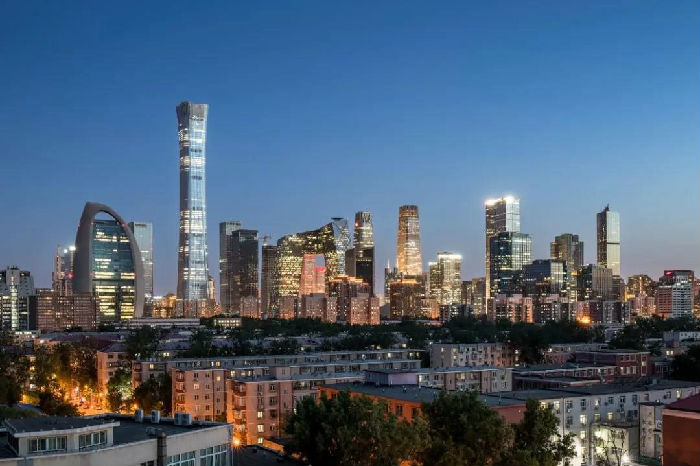
The first and the second batch of national demonstration pedestrian streets was announced separately in 2020 and 2021 by the Ministry of Commerce. The first batch national demonstration pedestrian streets included Confucius Temple Pedestrian Street in Nanjing, Hubin Pedestrian Street in Hangzhou, Jiefangbei Pedestrian Street in Chongqing, Kuanzhai Xiangzi Pedestrian Street in Chengdu, and Great Tang All Day Mall Pedestrian Street in Xi'an, and the second one included Wangfujing Commercial Street in Beijing, Jinjie Street in Tianjin, Nanjing Road in Shanghai, Zhongjie Street in Shenyang, Jianghan Road in Wuhan, and Beijing Road in Guangzhou.
In 2018, the Ministry of Commerce launched a pilot project to upgrade pedestrian streets in 11 Chinese cities, aiming to follow the trend of consumption upgrading, optimizing environment, improving facilities, increasing the supply of high-quality goods, and meeting customers' multi-level and diversified needs. In the first half of 2021, the total visit volume and turnover of the six pedestrian streets surged 65.8 percent and 102.4 percent year-on-year, and compared to the same period of 2019, growth reached 11.3 percent and 12.4 percent.
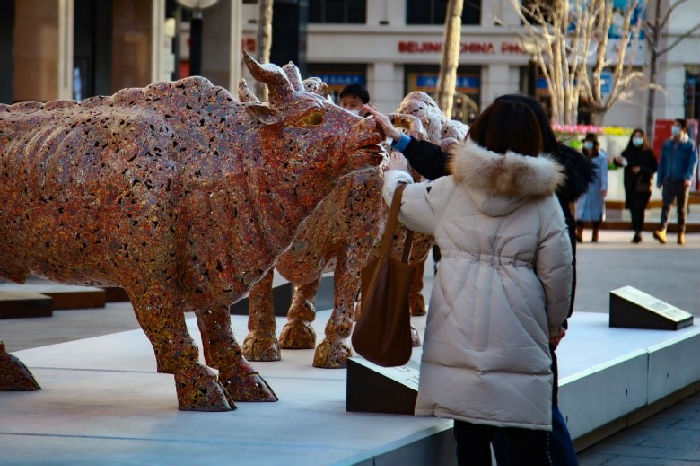
Figure1 Visitors touch a cow-shaped sculpture in Wangfujing Commercial Street in Beijing, on Jan 31, 2021. [Photo/IC]
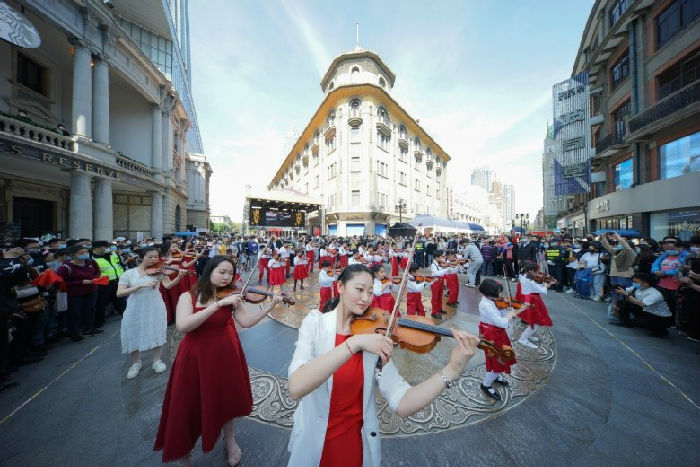
Figure 2 Violinists perform in Jinjie Street in Tianjin, on May 2, 2021. [Photo/IC]
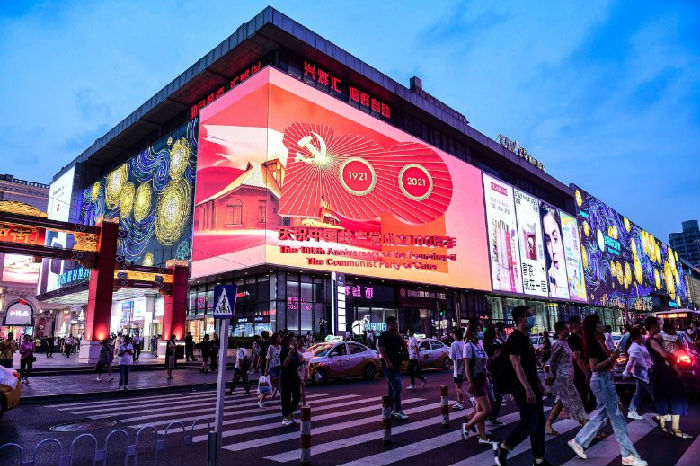
Figure 3 People cross the road on Zhongjie Street in Shenyang, Northeast China's Liaoning province, on June 30, 2021. [Photo/IC]
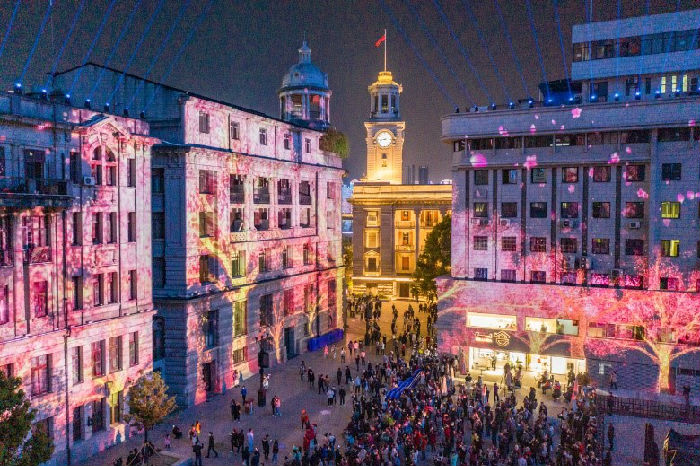
Figure 4 People enjoy a light show on Jianghan Road in Wuhan, Central China's Hubei province, on March 24, 2021. [Photo/IC]

Figure 5 Visitors take photos of a wall painting on Beijing Road in Guangzhou, South China's Guangdong province, on Feb 28, 2021. [Photo/IC]
The Ministry of Commerce also released a guideline on Aug 11 2021 regarding the development of business districts in Chinese cities The guideline says that the overall scale of business districts in a city must be determined according to the city's economic development level, population size and consumption demand. The number of newly built or expanded commercial buildings in oversaturated business districts located in urban centers must be strictly controlled, while efforts should be prioritized to promote business development in communities, it says. It notes that the development of business districts should follow the law of business development. Further, builders should refrain from only pursuing the construction of tall buildings and avoid large-scale razing and reconstruction. Business districts should coordinate with a city's functions and living environment while commercial activities provided by such areas should match residents' demands, it adds. The guideline also mandated efforts to explore the establishment of a governance model for urban business districts that would involve government guidance, self-discipline and consistency among business proprietors and industries, and supervision and feedback from society.
Acknowledgement: This article is first published on <https://www.chinadaily.com.cn/a/202108/20/WS611eddc8a310efa1bd669eaf.html> and <https://epaper.chinadaily.com.cn/a/202108/19/WS611d88a7a3106abb319fcd53.html>
Edited by Wang Miao